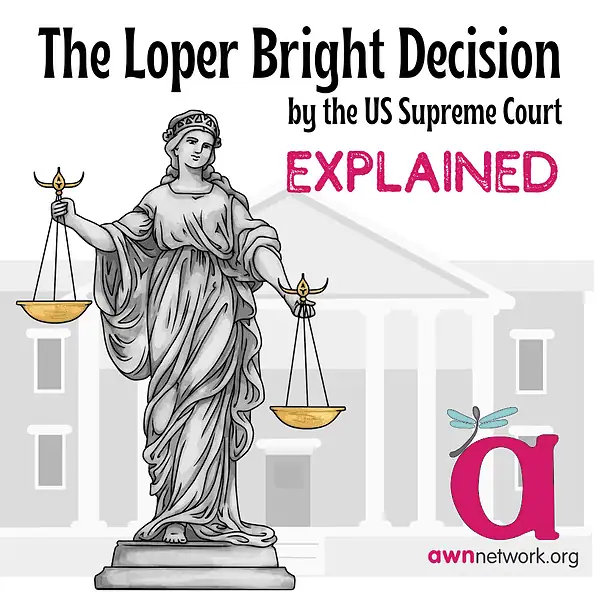
The Loper Bright Decision Explained in Plain Language
Imagine you are a federal judge. You have been asked to decide a case about Medicare reimbursement. The law says that hospitals should be reimbursed in amounts reflecting “differences in hospital wage levels” across “geographic areas.”[1] The problem is that the law doesn’t explain what it means by “geographic areas.” Is it by city? Town? State? Thankfully, the policymakers at the Department of Health and Human Services have done a lot of work based on their expert knowledge to determine what a “geographic area” should mean. Now you have a choice: do you listen to what the experts have determined is the best way to define “geographic area”? Or do you use your own judgment, based on your own limited knowledge?
Prior to June 28, 2024, federal judges would have to listen to the experts at the Department of Health and Human Services. This was called “Chevron deference”: when a law was silent or unclear on a subject, the federal agency created by the law could fill in the blanks, as long as they were reasonable about it.[2] However, on June 28, 2024 the Supreme Court decided to overturn Chevron deference, using the case Loper Bright Enterprises v. Raimondo.[3] Now, without Chevron deference, federal judges are allowed to substitute their own judgment instead of going with what the federal agency suggests.
Why does this matter? After all, judges may certainly listen to experts before making a decision.
For one thing, not all experts are actually experts. For example, no one working at the National Institute of Health would claim that vaccines cause autism–they know for a fact that they don’t. But there are several so-called “experts” who might say otherwise. And a judge could now choose to listen to one of them, instead of the scientists and doctors at the NIH.
Another very serious concern is about policy. Recently, the FDA’s regulations for mifepristone, a life-saving medication that can be used to terminate pregnancies, was challenged in federal court.[4] The Supreme Court ruled that the challenge was made by the wrong people. This means that mifepristone is safe–for now. But without Chevron deference, the next time the FDA’s regulations for mifepristone are challenged, the judge may decide whether or not they believe it is a safe medication. There are very few judges who have medical degrees, or advanced knowledge of chemistry. Instead, the judge will be allowed to create new policies on their own.
Federal agencies are part of the administrative branch of government. They answer directly to the people. In fact, if you go to the Federal Register, you can give your thoughts on over one hundred documents from fifty different agencies, right now.[5] This is how the system was designed to work: the people have a say in every step of the process, from the qualifications of the experts hired by federal agencies to each new rule or regulation that a federal agency proposes.
But without Chevron deference, that power is diminished. Instead, judges have the final say.
So what do we do now? There are a few ways to strengthen federal agency rules and regulations against challenges post-Chevron. Policymakers and legislators can make sure that any future laws they write are explicitly clear, as much as possible. One example of this is the ADA Amendments Act. We can also use our voices to participate in rulemaking through the Federal Register. Any member of the public can write a comment on any upcoming proposed rules. And finally, we can participate in the democratic process through advocacy and vote.
Chevron deference may be gone, but our voices are still strong.
[1] Bellevue Hosp. Center v. Leavitt, 443 F.3d 163 (2d Cir. 2006).
[2] Chevron U.S.A., Inc. v. NRDC, 467 U.S. 837 (1984).
[3] Loper Bright Ent. v. Raimondo, No. 22-451, slip op. (June 28, 2024).
[4] FDA v. Alliance for Hippocratic Medicine, 602 U.S. ___ (2024).
[5] https://www.federalregister.gov/
